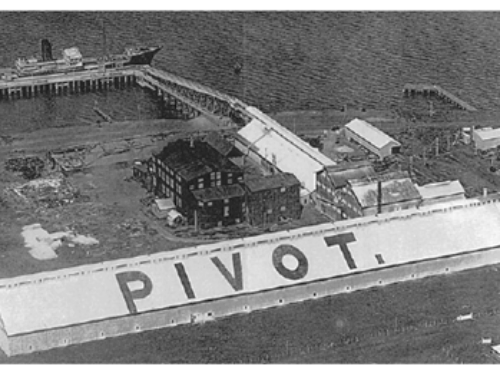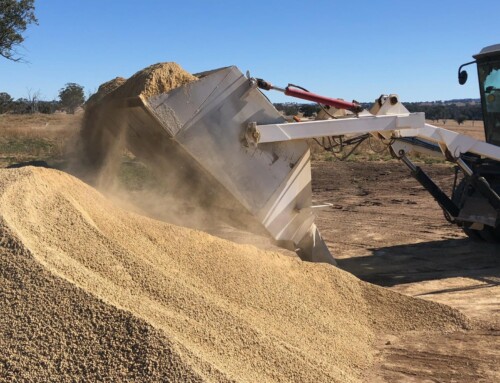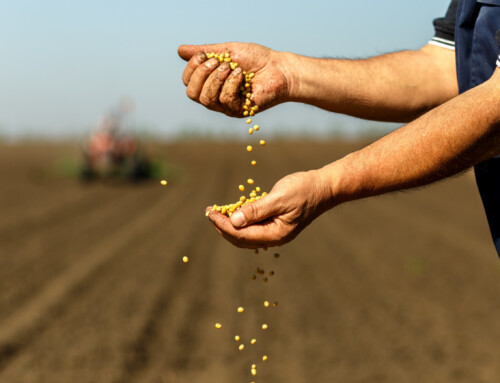The Phosphorus Buffering Index (PBI) approximates the soil’s ability to ‘fix’ phosphorus (P). Soils with a high PBI quickly and tightly lockup P fertiliser making it unavailable to plants. Low PBI soils can’t bind the P, leaving most applied P for plant uptake.
Consultants and Growers should use PBI to improve interpretation of critical Colwell P values. As PBI increases so does the amount of fertiliser P required, as more of the applied P is bound to the soil. Phosphorus is more likely to move deeper into soils a low PBI, more so in high rainfall areas.
Soil PBI is quite stable and only needs testing every few years.
What is low or high PBI?
PBI Category Rating
<15 Extremely low
15 – 35 Very very low
36 – 70 Very low
71 – 140 Low
141 – 280 Moderate
281 – 840 High
> 840 Very high
Source: Moody, 2007
The above PBI ratings will vary depending on cropping regions.
What affects soil PBI? PBI tends to increase as soil gets more clayey. Sands often have a low PBI. PBI can also be higher when soils are:
- high in reactive iron and/or
- aluminium calcareous and alkaline.
Most of Australia’s cropping soils have a long history of P application, but only a small proportion of this P is available to the current crop. Generally when P is applied to soil up to 70% will be precipitated or adsorbed by the soil into forms that are unavailable to the current crop. The crop will access some P from the applied fertiliser as well as from slowly available pools built up over time. The problem is that it is very difficult for plants to access P that is locked up in the ‘soil bank’, and this is particularly true on soils with a high phosphorus buffering index (PBI). For this reason, in most cases annual applications of P at sowing are needed to meet the crop requirements. Where P application has built up a large P bank, a stable response can be obtained with the use of maintenance P dressings – where P input as fertiliser balances P removal in grain crops.
In soil types that have high PBI then guano or soft rock phosphate should be considered due to the citric soluble P (not water soluble P). The higher the citric soluble level of the product the longer it will feed the plant over its growing cycle. Guano and soft rock phosphate are available in blends with other fertilisers, trace elements and amendments.









